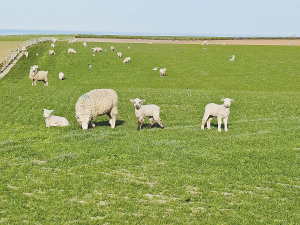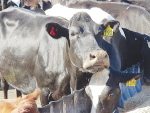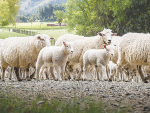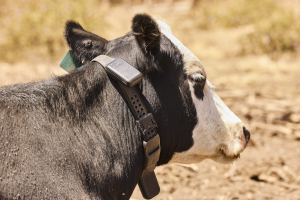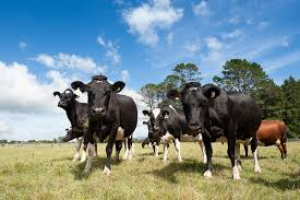The commonly reported abortion rate in the New Zealand sheep flock is between 1-2%, although in ‘abortion storms’ a single flock can abort 25-40%. This represents a significant loss or wastage.
If the abortion occurs late in the pregnancy, dead lambs can be found out in the paddock. If it occurs in early pregnancy, the conceptus may be reabsorbed. This may go unnoticed until the farmer realises there is a high number of dry ewes in the flock.
ampylobacter is a bacterium which causes disease in farm animals. Campylobacter fetus (formerly Vibrio fetus) subspecies fetus is one of the most common causes of abortion diagnosed in sheep. On rare occasions C. fetus fetus can cause disease in humans, especially immuno-compromised patients.
Infection is picked up orally from pasture, which may be contaminated from variable sources, especially from infected ewes and their foetuses or placenta. Other sources of infection include the mechanical transfer of C. fetus fetus by birds and contaminated water supplies. The causative organism may survive for up to 20 days in winter, in soil or hay.
A feature of the organism is its adaptation to the intestine, where it may persist for some time. After initial infection bacteria are found in the blood for 10-14 days, allowing infection of the placenta.
Bacteraemia (the presence of bacteria in the blood) arises in susceptible ewes. The bacteria invade the placenta, where they cause placentitis. In the foetus, microabscesses develop in a range of organs.
Abortion occurs about seven to 25 days after foetal death. The interval between infection and abortion may range from 13 to 113 days.
C. fetus fetus may persist in uterine discharges for up to six weeks. Some ewes become carriers and remain infectious for up to 18 months. Recently purchased, healthy carrier animals are the most likely mechanism for introducing C. fetus fetus into clean flocks.
A common sequence of events in affected flocks is for one or two ewes to abort in the third or fourth month, followed in two to three weeks by a sharply increased rate of abortion (or ‘storm’). Ewes of any breed or age can be affected. Historically the period of susceptibility to abort is roughly the last three months of the gestation period.
The disease has been reported from most areas of the world where sheep are bred. The ewe seldom has any ill effects from the disease.
When a definitive diagnosis cannot be obtained by visual inspection of the foetal membranes and aborted lamb, specimens should be taken for laboratory analysis. Lesions in a case of C. fetus fetus infection:
- may be variable and non-specific
- enlarged red-grey cotyledons are observed
- sero-sanguineous subcutaneaous oedema may be present
- in up to one-quarter of foetuses, pale white-yellow lesions on the liver can be seen
- excess fluid in peritoneum and chest
This information is sourced from Beef+Lamb NZ’s factsheet on abortion in ewes: https://beeflambnz.com/knowledge-hub





